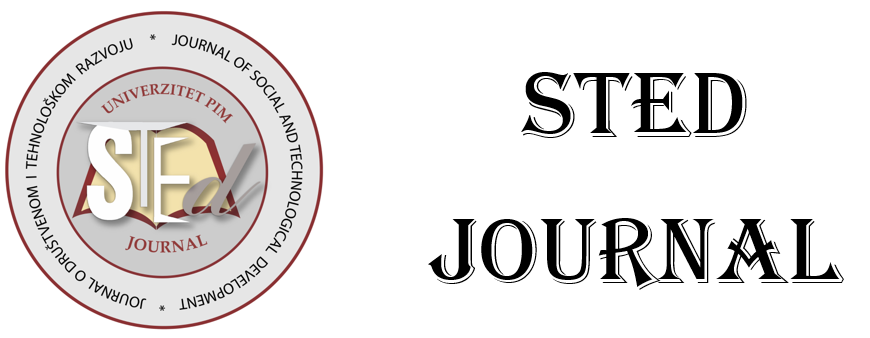
More articles from Volume 2, Issue 2, 2020
CONDUCTOMETRIC STUDY OF LIGAND STRUCTURE INFLUENCE ON THE Pb(II) COMPLEXATION WITH CROWN ETHERS
MECHANICAL ANALYSIS OF THE ROTATING DRAWING MANDREL WITH SELECTED BEARINGS CONFIGURATION
APPLICATION OF THE CRITERION OF TECHNOLOGICAL DAMAGEABILITY IN MECHANICAL ENGINEERING
BASICS OF AUTOMATION OF PROFILING OF HIGH-EFFICIENT INSERTS OF THE TOOL FOR THREAD MACHINING
CYBER CRIME IN PAKISTAN; DETECTION AND PUNISHMENT MECHANISM
Article views
CONDUCTOMETRIC STUDY OF LIGAND STRUCTURE INFLUENCE ON THE Pb(II) COMPLEXATION WITH CROWN ETHERS
Faculty of Technology, University of Tuzla , Tuzla , Bosnia and Herzegovina
Faculty of Natural Sciences and Mathematics, University of Tuzla , Tuzla , Bosnia and Herzegovina
Faculty of Technology, University of Tuzla , Tuzla , Bosnia and Herzegovina
Faculty of Technology, University of Tuzla , Tuzla , Bosnia and Herzegovina
Received: 20.10.2020.
Accepted: 20.11.2020. >>
Published: 30.11.2020.
Volume 2, Issue 2 (2020)
pp. 1-8;
Abstract
The conductometric study of ligand structure influence on the Pb(II) complexation with crown ethers in different solvents has been investigated. In this paper, the complexation reaction of macrocyclic ligand, 18-crown-6 (18C6), dibenzo-18-crown-6 (DB18C6), and Pb(II) cation was studied in different solvents: dichloromethane (DCM) and 1,2- dichloroethane (1,2-DCE). The effects of surfactant structure (Triton X-100 and Triton X-45) on the conductivity of the Pb(II) complex with 18-crown-6 and dibenzo-18-crown-6 ether have been investigated. The conductance data showed that the stoichiometry of the complexes in most cases is 1:1(ML). It is also demonstrated that the influence of crown ethers is deeply affected by the organic solvent used. In the solvents studied, the stability of the resulting complexes showed higher stability in dichloromethane comparing with 1,2- dichloroethane. Macrocyclic ligand 18-crown-6 showed more suitable for complexation of Pb(II) ions compared to dibenzo-18-crown-6. Adding a surfactant affected the higher absolute values of the conductivity of systems, but not the change in the stoichiometric ratio between a metal ion and macrocyclic ligand.
Keywords
References
Citation
Copyright
All papers are licensed under a Creative Commons Attribution 4.0 International License.
Article metrics
The statements, opinions and data contained in the journal are solely those of the individual authors and contributors and not of the publisher and the editor(s). We stay neutral with regard to jurisdictional claims in published maps and institutional affiliations.











